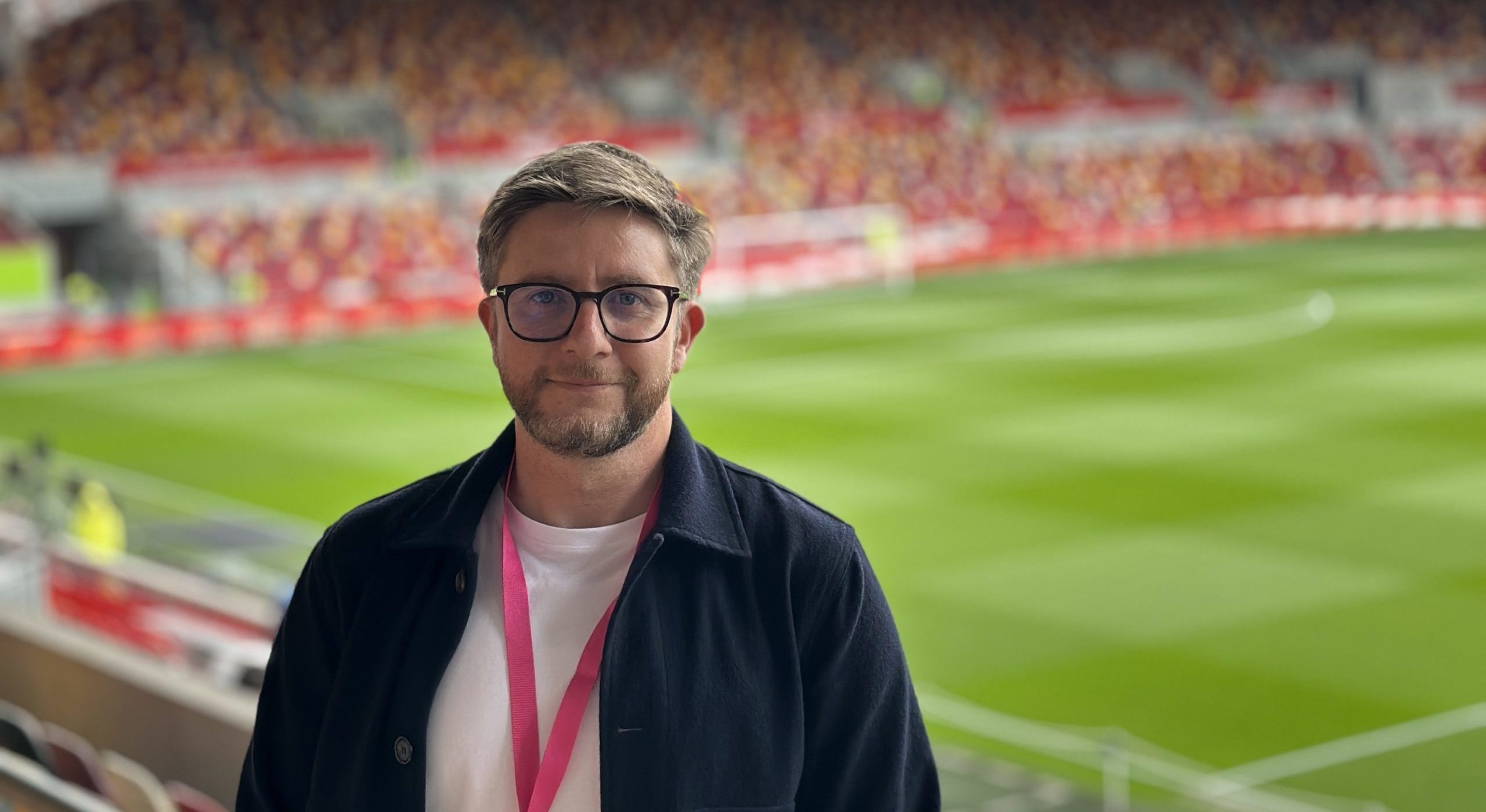In a statement to advertisers, the world’s second largest ad publisher announced the end of their 28-day Facebook advertising attribution window, replacing it with a seven-day model.
Facebook summarised the shift in the following statement:
‘Upcoming digital privacy initiatives affecting multiple browsers will limit business’s ability to measure people’s interactions across domains and devices. Among those limitations is the ability for businesses to attribute conversion events back to an ad over longer attribution windows.’
Facebook claims that the change will make the platform more resilient to future privacy and browser changes to come.
The changes will come into effect from the 12th October 2020, while the Facebook Ads API will continue to provide 28-day attribution data until the new browser limitations are in place.
What does this mean?
The attribution model allows advertisers to measure the impact of their campaigns by providing insights on desired actions (or conversions) that occur after users view or click on their ad.
Currently, the 28-day click, 1-day view model is the standard, meaning that any conversion occurring within a 28 day window of a user clicking on an ad (or 1-day of viewing said ad), is credited to that ad.
The changes will effectively close this look back window, limiting it to 7-days, which may in turn likely impact future reported results.
How to get ahead
There are a number of ways you and your business can prepare for the coming change.
The first is to understand the impact this will have on your campaigns by using the comparing windows under custom columns. Here you can select the 7-day and the standard 28-day model and compare the numbers.
Second is to export any historical data using the 28-day model that is needed prior to the 12th October.
Finally, remember to change any automated rules that use the 28-day models to prevent any unexpected spend fluctuations after the 12th.
Ultimately, the full impact of the change to the attribution model will depend on each unique campaign, its historical behaviour and the consideration window of a particular conversion.
At this stage, understanding the difference in results from a 28-day model versus a 7-day model is the first step in preparation for the change.
Overall, the changes could make it more difficult for certain advertisers to ascertain the full impact of their advertising campaigns in the long run, especially those that involve a longer consideration period prior to committing to a purchase etc.
However, there is no avoiding this change. Privacy continues to be an area of focus for many platforms and it’s possible we may see further moves from Facebook advertising to protect people’s data.
(If this seems confusing or time consuming – it should go without saying – but we can help with that.)
Forging truth chains from Facebook ads
We need to think about what this means for Facebook advertising in their ongoing tit-for-tat struggles with their competitors like Amazon and, in this instance, Google. If we can anticipate the giants’ next round of policy adjustments, we can build change-resilient media strategies and ride the trends to identify new opportunities for growth.
So we need to place this announcement in its context. As we saw recently, Google stepped towards making targeted advertising safer for more vulnerable users. This move by Facebook takes a different perspective on programmatic ad delivery, but places a similar emphasis on integrity and social purpose.
This latest policy says to consumers – ‘We won’t follow you around the web.’
To brands, agencies and advertisers the message is – ‘You better drive positive, immediate action to prove ad success’.
Where and how these messages land – their ultimate meaning and impact on behaviour – is up to us.
As an agency, Anything is Possible welcome these changes. The new policy represents a subtle shift in online ad infrastructure which will shape the evolution of our industry. It might make our truth-chains more complex in the short term, but we are excited by the opportunity to adapt and improve.
We can’t wait to meet it head on and start testing the best, most effective and ethical uses of the new Facebook advertising.




